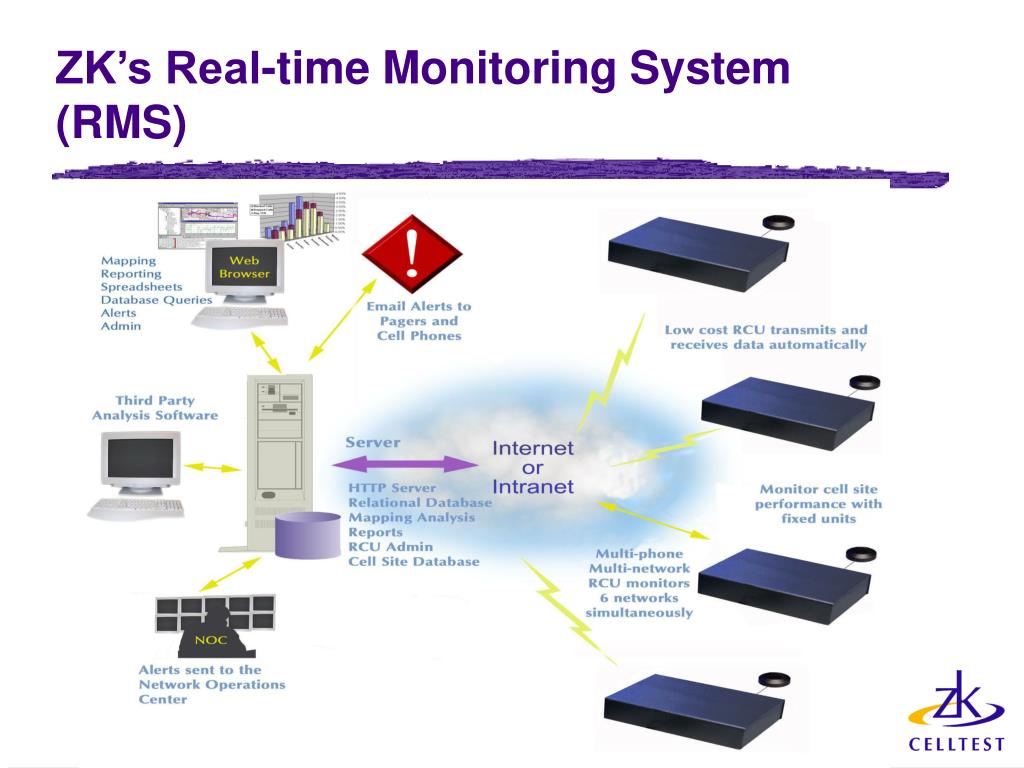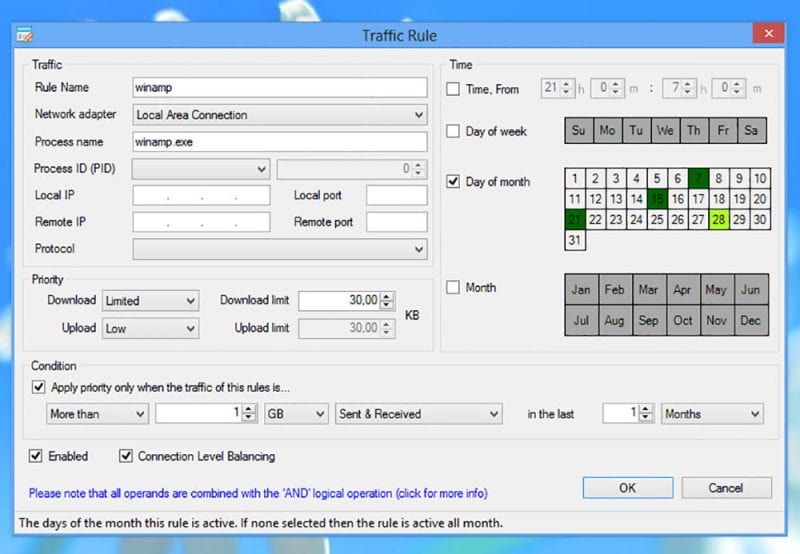

For more information on TSplus Server Monitoring or to get started with your free 15-day trial, visit /server-monitoring. To Conclude on Server monitoring for Businessīy following these steps and leveraging the power of TSplus Server Monitoring, you can effectively monitor your corporate network servers and ensure that your organization’s IT infrastructure runs smoothly. Apart from these readily available online tools, you have access to our technical support to help you get the most out of your server monitoring solution. This works hand-in-hand with each Quick-start guide. So, our Updates and Support Service is a highly valuable add-on.Īdditionally, we maintain a comprehensive user guide for each of our products.

#Web monitor real time software
It also makes sure our software remains compatible in spite of any changes to the Windows environment and such related programs. This helps you, as customers, keep in step with technology.
#Web monitor real time update
At TSplus, we regularly update our Server Monitoring tool with the latest features and security enhancements. Step 5: Stay Up-to-Date with Server Monitoring Best PracticeĪs technology and security threats continue to evolve, something important is to stay up-to-date with server monitoring best practice. Then, use these reports and results to optimize server resources, plan for future capacity needs and identify potential issues before they become critical. From it, generate reports that help you identify patterns in server performance over time. With TSplus Server Monitoring, you can access this data. Nevertheless, it is important to use that historical data for trend analysis and forecasting. One goal of real-time monitoring is to gather regular precise historical data about the different parts of your network. If you notice any anomalies, investigate them further to determine the root cause and take appropriate action. Check your monitoring dashboard regularly to ensure that servers and websites are operating within expected parameters and look for any warning signs that indicate potential issues. With your server monitoring tool configured, you are ready to begin monitoring your network servers in real-time. By tailoring your monitoring settings to your organization’s unique requirements, you also ensure that you are only alerted when critical events occur and minimize false alarms. Such tools mean you and your team will be made aware of any issues as they arise. This chart uses data collected and grouped by industry and sub-industry, generated by Akamai servers responding to real user requests. You can for example customize monitoring thresholds, choose for which servers and configure alert notifications. With TSplus Server Monitoring, it is easy to add new servers or websites, to modify or remove them as needs evolve, and more. Once you have chosen the right server monitoring tool, the next step is to configure it to meet your specific needs. Step 2: Configure Server Monitoring for Your Business This way, you can set up automatic remediation actions to keep your servers running smoothly. With our tool, you can monitor server CPU usage, disk space, memory consumption and other critical metrics. At TSplus, we offer an advanced Server Monitoring solution that enables you to track server performance in real-time and receive alerts when issues arise. The first step in monitoring your corporate network servers is selecting the right tool for the job.

User testing: interview users as they navigate your site.Step 1: Choose the Right Server Monitoring Tool Surveys: get direct feedback from users and track sentiment and satisfaction over time. Session recordings: view how each user browses across multiple pages.Ī/B testing: create page design variations and test which performs better. Heatmaps: see an overview of where visitors click, tap, and scroll on a page. What tools can you use to track user behavior? OpManager is an effective network monitoring solution continuously monitors interface traffic and logs the traffic metrics over a period of time This enables the users to monitor the real-time network with reference to the historical traffic trends. The main goal behind user behavior tracking is to measure user experience, find opportunities to improve UX and, as a result, increase conversions and revenue.

What is behavior tracking?īehavior tracking shows you where your users click and how they scroll or navigate between pages. Now, you’re ready to track how people interact with your pages. By tracking traffic, you’ll get a good idea of what’s going on on your website-the most popular pages, where people leave from, and where they spend time browsing.


 0 kommentar(er)
0 kommentar(er)
